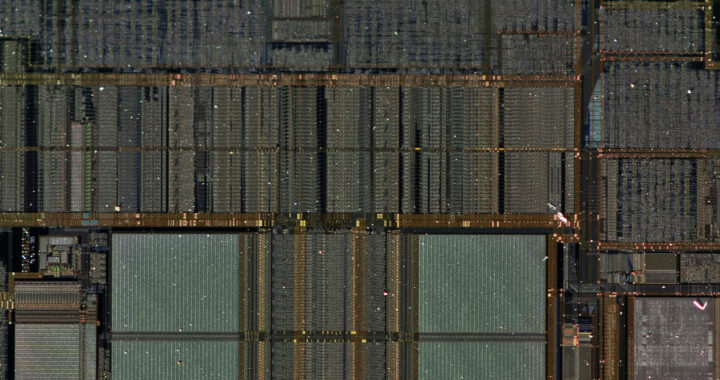There are three categories or levels of cache in computer processors. These are the L1 cache, the L2 cache, and the L3 cache. The specifications of each partly define the capabilities of a particular processor. More premium and expensive ones have larger cache sizes because they are designed for handling heavier single-core and multi-core workloads. But what exactly are caches? What is the difference between L1 cache, L2 cache, and L3 cache?
Processor Caches: The Difference Between L1 Cache, L2 Cache, and L3 Cache
Purpose of Hardware Caching in Computer Processors
A cache is a software or hardware high-speed memory component that stores frequently accessed data or instructions in a predefined area. The main purpose of caching centers on storing data so that future requests for that data can be served faster. Furthermore, in hardware caching, especially in computer processors, it acts as a buffer between the main memory or random access memory and the particular processor.
Hence, from the aforementioned, caches in processors act as a temporary storage area. Think of it as a waiting room where data is held before it is processed. The main goal of hardware caching in computer processors is to keep frequently accessed data close to the particular processing unit to reduce the time it takes for data retrieval and processing.
There are three main benefits of cache memory. The first is that it improves overall performance by reducing memory access time. It also lowers power consumption because less energy is used when accessing cached data. The third is that increases the efficiency of a computer processor by allowing it to execute instructions faster. These benefits are the reasons why chipmakers have increased cache size over the years.
Note that the specific purpose of cache memory in central processing units or CPUs is to speed up data access, minimize latency, improve throughput, reduce bottlenecks, and support multitasking. The purpose of caching in graphics processing units or GPUs is similar to its role in CPUs with an added emphasis on improving parallel processing.
Difference Between L1 Cache, L2 Cache, and L3 Cache
There are three cache levels in modern processors. These are the L1 cache, L2 cache, and L3 cache. These different levels were implemented as a workaround to the trade-offs between speed, size, and cost. Furthermore, apart from balancing these trade-offs, a multi-level cache system is also designed to reduce cache misses, optimize power consumption, and improve multicore performance. The following is the difference between the three cache levels in terms of purpose, location, size and speed, advantages, and disadvantages:
• L1 Cache: This holds the most frequently accessed data and instructions for immediate use. It is closest to the processor core. It is also the smallest and fastest cache memory with around 32B to 64KB per core. The main advantages of L1 cache are its low latency and high bandwidth while its drawback is its limited capacity.
• L2 Cache: This acts as a middle ground and it stores data that is not immediately needed but is still accessed often. It is also close to the processor core but is farther than the L1 cache. It is also larger at around 256KB to 2MB per core but is slower. The main advantages are its middle-ground capacity and its main drawback is its speed.
• L3 Cache: This reduces latency for data access across different or multiple cores by storing less frequently used data. It is shared among all processor cores. It is also the largest with up to 64MB or more in size but is slower than the L1 cache and L2 cache. This means that its main disadvantage is that it has the highest latency.
It is worth noting that the L1 cache is the fastest because it is closest to the processor. This proximity also limits its memory size. A larger L1 cache will mean moving it farther to the processor and would result in an increased latency. L3 cache is the largest but slowest but it still helps reduce the number of times the processor needs to fetch data from the main memory.
